
Cost
How Much Does a Bathroom Addition Cost?
09.26.2025
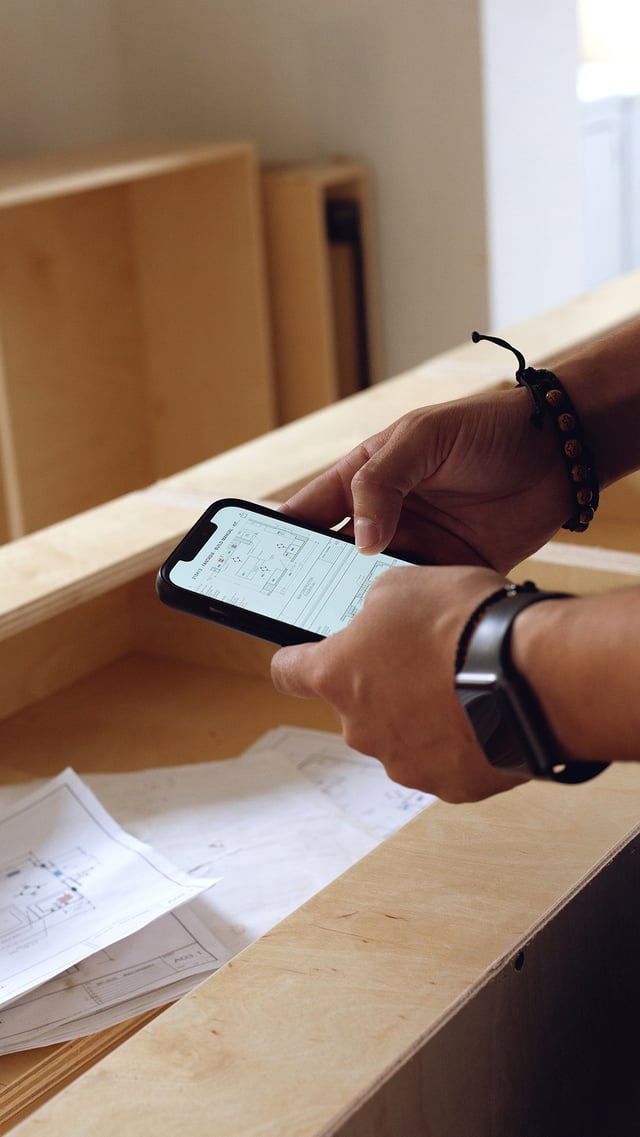
In This Article
If you’re thinking about home renovations, you’ll need money to get the job done. Home equity loans are very popular for home updates, but what type of loan is right for you?
Before we look at types of loans, according to Bankrate, the average home renovation loan rates fall between 5.6 percent and 6.3 percent. To be considered for this type of loan, you’ll also need a debt-to-income ratio of 45 percent or lower. Your debt-to-income ratio is calculated by how much of your income goes toward debt and what is left over. The lower your debt-to-income ratio, the better your chances are to obtain a loan.
Before you decide which type of home renovation loan is right for you, we’ll take a look at each in depth.
Think of this type of loan as a second mortgage where monthly payments are made. These are usually for 15 years and come with a fixed rate. While this loan requires no down payment, most lenders require 80 percent loan-to-value ratio.
Here’s an example:
Home value: $300,000
Existing mortgage balance: $200,000
Equity in home: $100,000
Next, you’ll need to factor in your loan-to-value ratio, retained equity, and what you can really borrow:
Home-to-value ratio: $300,000 x .80 = $240,000
Retained Equity: (20 percent): $300,000 x .20 – $60,000
Subtract equity in home: $100,000 – $60,000 = $40,000
In this example, the amount you can borrow is $40,000.
HELOCs are great for homeowners that have a renovation budget and design already in place. The calculation for home equity, loan-to-value ratio, and retained equity are the same as in the example above. Keep in mind that HELOC home renovation loan rates are not fixed but variable and can change throughout the time of the loan.
The difference in HELOC loans is you don’t receive the money in a lump sum but draw money from the loan. For example, if you have a quote for a bathroom remodel, you can borrow the exact quote amount plus a little extra for any additions you might add along the way. Borrowing just what you need is a smart way to pay for home updates.
In essence, a HELOC loan is like a revolving line of credit. Bankrate points out “You’ll be able to pull the money anytime you need it during the timeframe of the loan.” Most are 10 year loans and as it’s paid down you can use it again. Payment options consist of interest-only payments, which doesn’t lower the amount of the loan or a combination of interest and principal payments, which helps you repay the loan faster.
If you have equity in your home and notice interest rates are dropping, a cash-out refinance may be a good option. This type of loan is where refinance your home for more than what you owe and take the difference in cash.
All qualifying elements are the same and what you are getting is a new mortgage loan plus cash. While the economy is good and home values are up, this is a good option. However, if the economy goes down and your home value lessens, cash-out refinance loans may leave you upside down.
Do spend the time to shop around for a loan. Your bank might not offer the best rate. Finally, new tax laws say interest deductions on these loans can only be taken if they are used for improvements to a home—or to increase its value.

Written by Block Renovation
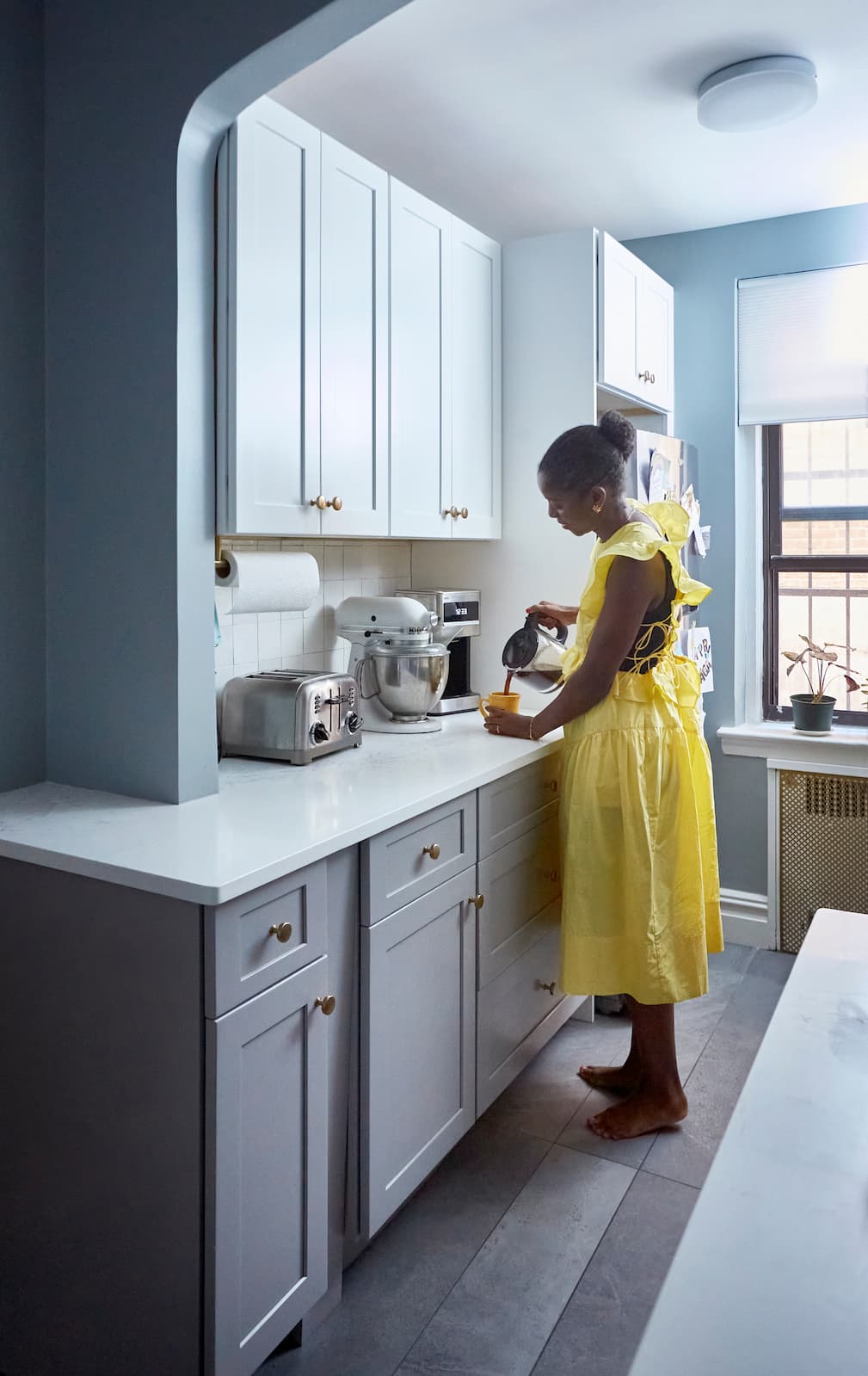
Renovate confidently with Block
Easily compare quotes from top quality contractors, and get peace of mind with warranty & price protections.
Thousands of homeowners have renovated with Block

4.5 Stars (100+)

4.7 Stars (100+)

4.5 Stars (75+)

Cost
How Much Does a Bathroom Addition Cost?
09.26.2025
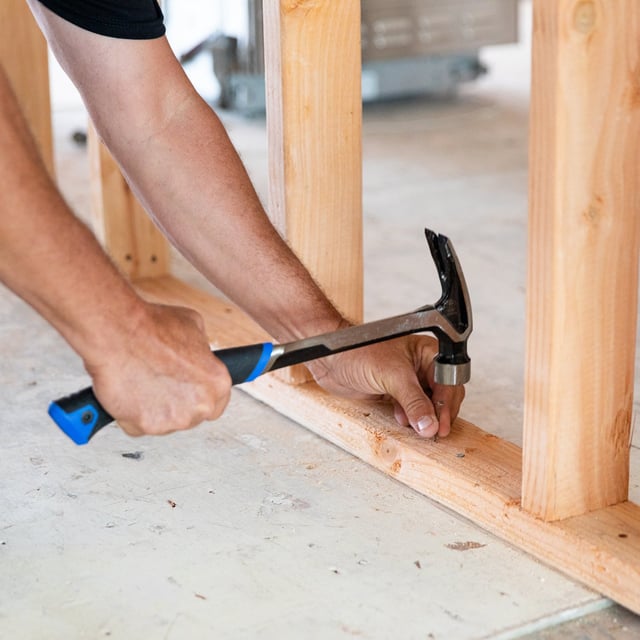
Cost
Calculating the Cost of Your 12x24 Addition
09.18.2025
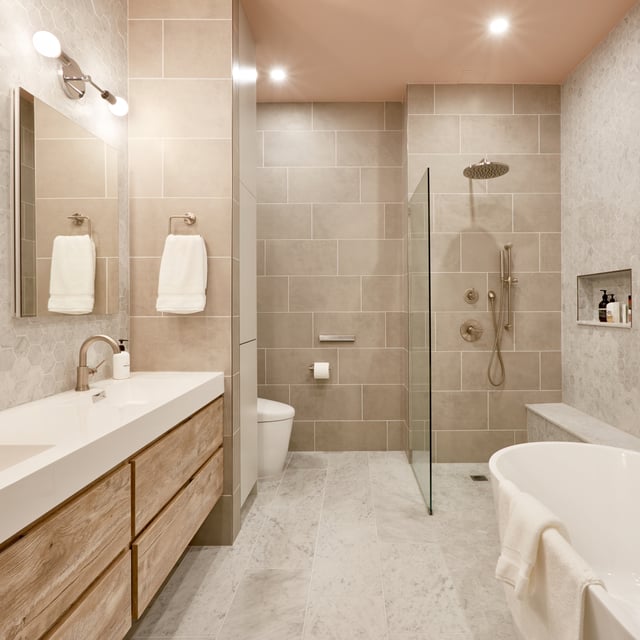
Cost
10x10 Bathroom Remodeling Costs
09.18.2025

Cost
The Average Cost of a Jacuzzi Bath Remodel—and How to Save
09.18.2025
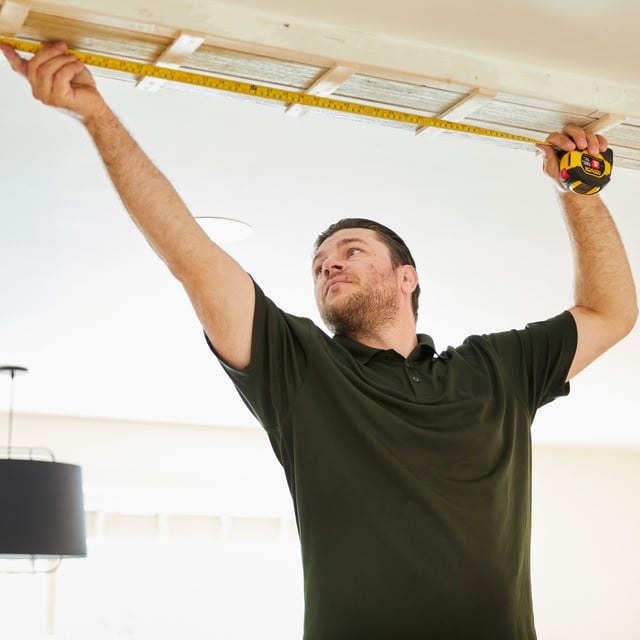
Cost
Ceiling Installation Costs: Repairs & Replacement Pricing
09.05.2025
Renovate confidently